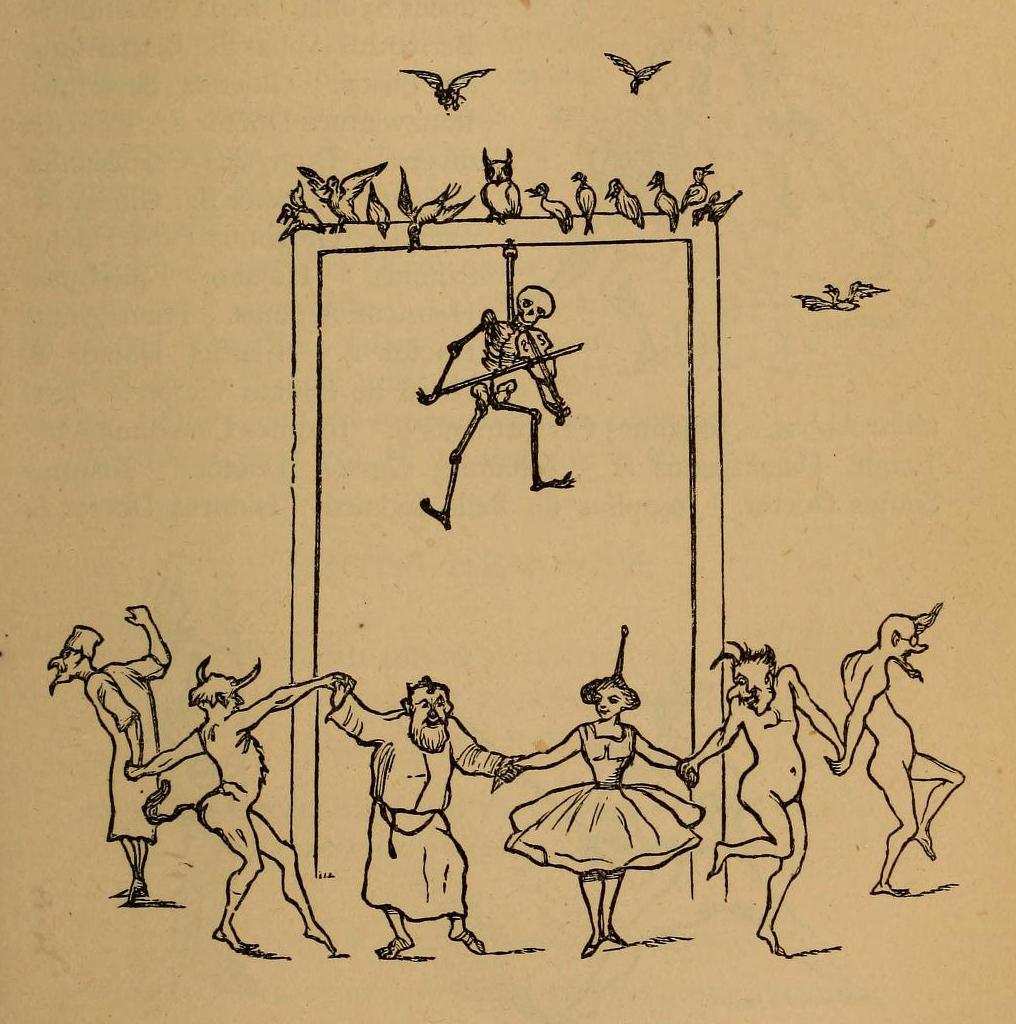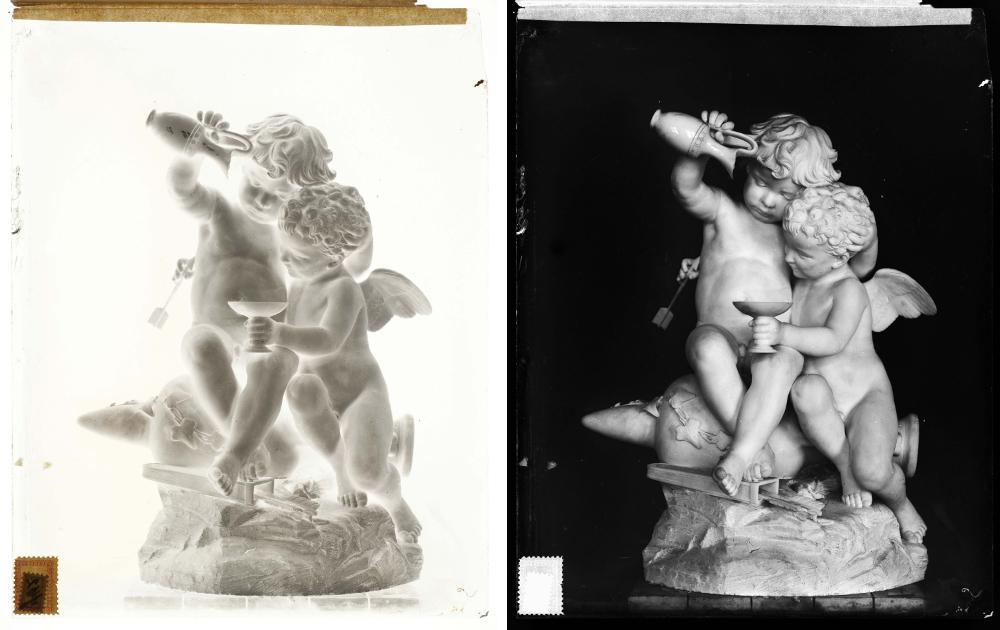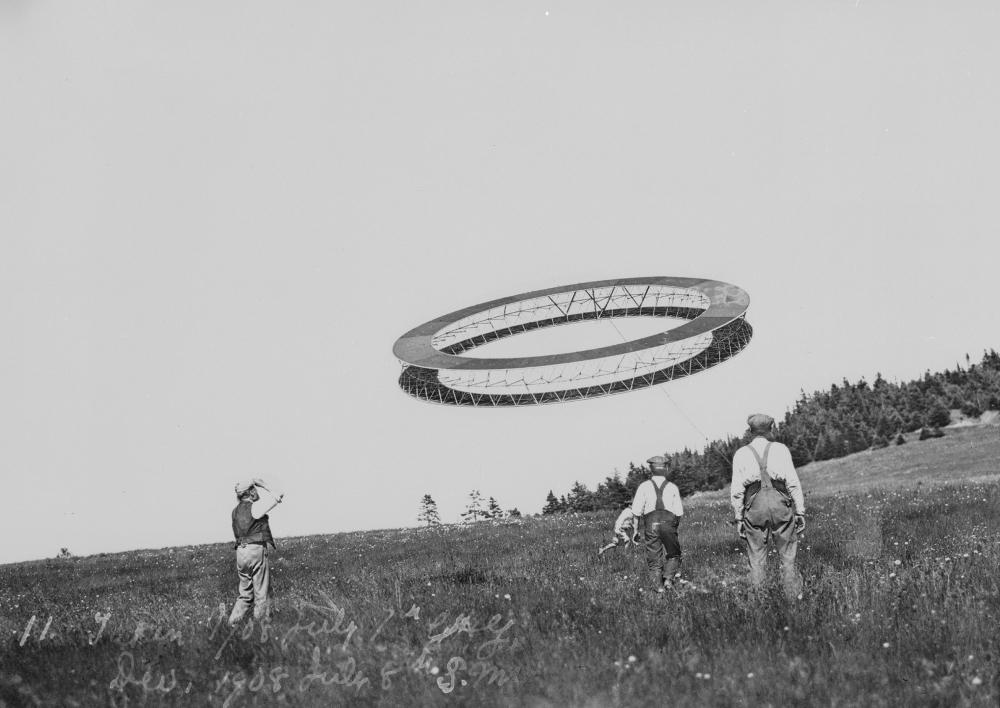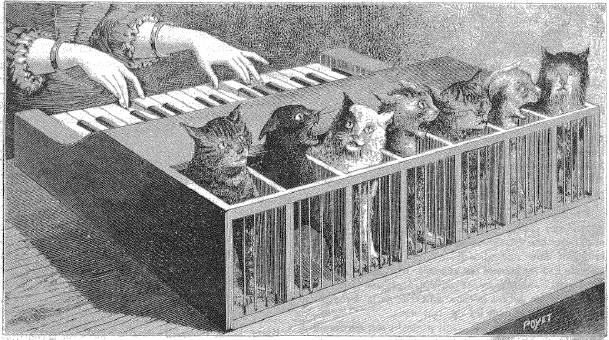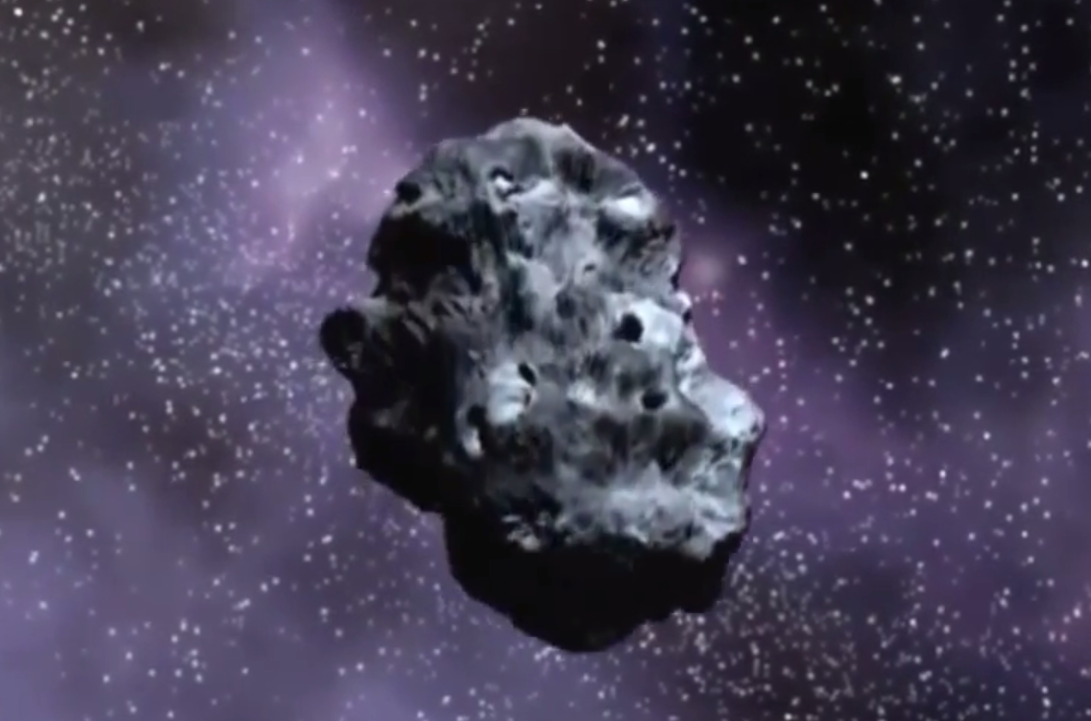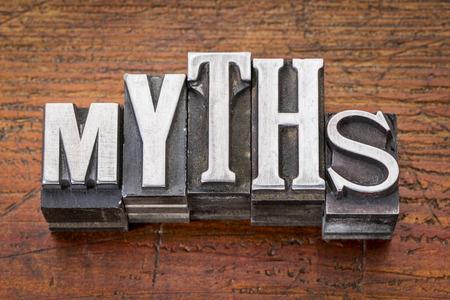More Evidence That Sugar May Be Bad For The Brain
Opinions expressed by Forbes Contributors are their own.
The new study finds that, at least if you’re an adolescent rat, consuming drinks sweetened with high-fructose corn syrup (HFCS) may impede maze-learning, which is a good test of cognitive function for rats. Whether the findings hold true for human teenagers is still up for debate, but the researchers say there’s convincing evidence that they do.
“It’s no secret that refined carbohydrates, particularly when consumed in soft drinks and other beverages, can lead to metabolic disturbances,” said study author Scott Kanoski, of the University of Southern California. “However, our findings reveal that consuming sugar-sweetened drinks is also interfering with our brain’s ability to function normally and remember critical information about our environment, at least when consumed in excess before adulthood.”
In their study, the researchers fed adolescent and adult mice low-fat lab chow, water, and another beverage, consisting of either 11% sucrose or 11% high-fructose corn syrup (a control group just got more water) for 30 days. They tested the rats’ memory by having them do a Barne’s maze task, which challenges them to find a goal by remembering where they’ve already been.
The adult rats faired OK, regardless of what kind of beverage they’d been drinking. But the adolescent rats performed worse on the task when they’d been given the HFCS-sweetened drinks, compared to the sucrose-sweetened drinks.
If HFCS really affects brain function, what mechanism might be behind the effect? Inflammation in the brain’s long-term memory center, the hippocampus, may be responsible, the authors suggest. They found higher levels of pro-inflammatory cytokines IL-6 and IL1-b in the adolescent rats who’d consumed HFCS-sweetened beverages, but did not find the same increase in other groups of rats.
“This could,” said Kanoski, “result from peripheral insulin resistance, which was present in the adolescent rats that consumed SSB [sugar-sweetened beverages], and has been previously linked with neuroinflammation.” He adds that it’s possible that sugary drink consumption may also degrade the blood-brain barrier, which has been hinted at in previous studies, but needs to be confirmed.
Perhaps an equally important question is whether the findings are applicable to human teenagers who may be taking in a lot of sugar in the way of soda, juice, and energy drinks. Kanoski says they absolutely are. “The relevance to human teens, in my opinion, is based on the fact that 1) in our studies we used sugar-sweetened beverages with sugar concentrations that are comparable to those commonly consumed by humans, and 2) sugar-sweetened beverages consumption in the U.S. has risen dramatically in the past 30 years (particularly in children), and 3) rodents are an excellent model for human feeding behavior.”
There’s lots of evidence, he says, that not only are our metabolisms similar, but the same memory circuits in rodents also exist in the human brain. The hippocampus is an area of the brain that’s sensitive to many different chemicals – sugar, apparently, among them – in both species. It’s known to govern learning and memory, and plays roles in depression, cognitive decline, and Alzheimer’s disease. “In many ways this region is a canary in the coal mine,” says Kanoski, “as it is particularly sensitive to insult by various environmental factors, including eating foods that are high in saturated fat and processed sugar.”
More research will be needed to tease it all apart, but you might want to cut back on the sugary stuff, especially if you’re a teenager. Diet soda may not be much healthier for the brain, of course, so pick your poison. Or at least drink soda as you would consume anything else with an eye toward health — in moderation.



